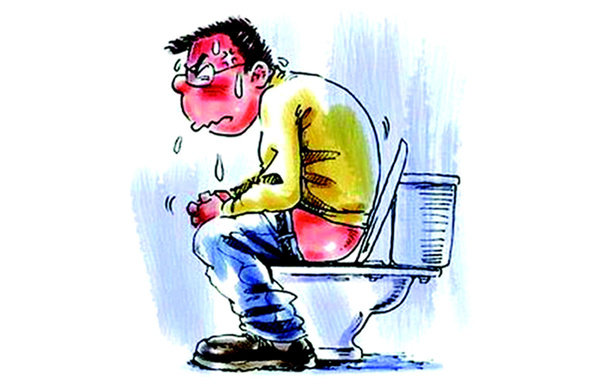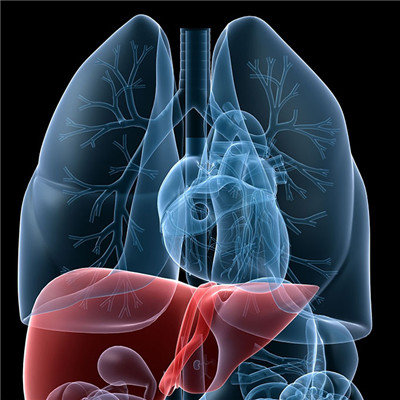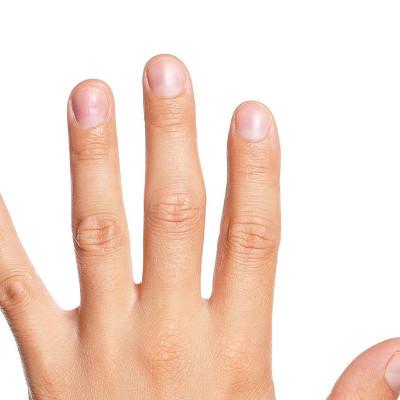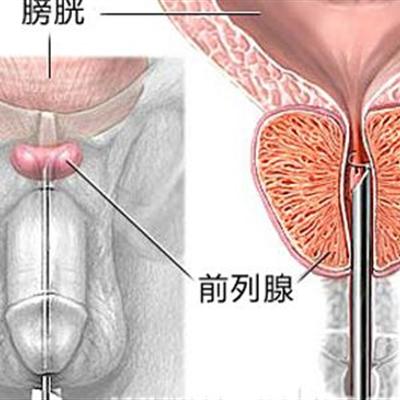How does meningocele form?
summary
Meningocele is a kind of congenital dysplasia of the spinal cord and the end of the spine, which can lead to meningocele. Myelomeningocele is a congenital malformation of the nervous system. Due to the congenital hypoplasia of the lamina, there is a defect of the spinal cord through the lamina. So how does meningocele form? Let's talk about it now.
How does meningocele form?
First, due to congenital factors, the vertebral lamina is not closed completely, and there are meninges, spinal cord and nerves bulging to the defect of vertebral lamina. The cause is still unknown. This disease mostly occurs in the midline part of the dorsal spine, the lumbosacral segment is the most common, and a few occur in the cervical or thoracic segment. In some cases, the protrusion from the paravertebral body to the side of the spinal canal through the enlarged intervertebral foramen, or the expansion of the bulging sac to the posterior pharyngeal wall, chest, abdominal cavity and pelvic cavity. Meningocele is usually single, multiple is rare. Meningocele sometimes coexists with congenital hydrocephalus.
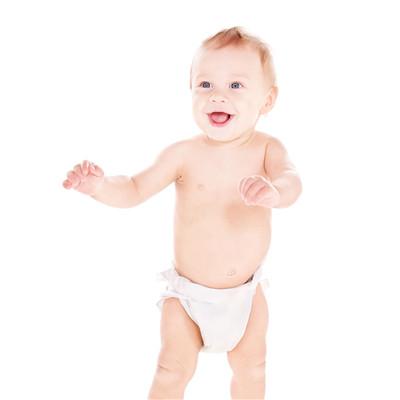
Second: meningocele in the back of the midline is not closed in the soft tissue of the vertebral lamina bulge a sac, the size of the capsule is different, the width of the base is different, the surface of the skin is normal. The deep membrane of the subcutaneous layer, that is, the bulging dura mater, forms the inner lining of the bulging sac and forms a cyst like mass with the skin. The capsule was filled with colorless and transparent cerebrospinal fluid, no nerve tissue, or only a thin fibrous band connected to the surface of the spinal cord. The neck is usually small. The spinal cord in the spinal canal is normal. The skin of a few patients showed scar like changes.

Third, for patients with simple meningocele or meningomyelocele, early surgical treatment is effective. In the past, patients with lower limb paralysis and incontinence were regarded as contraindications to surgery. However, with the development of anesthesia and microsurgery, selective surgery can be performed and certain results can be achieved.

matters needing attention
After the operation, we should also carry out relevant nursing, close the dressing with adhesive tape to avoid pollution of urine and feces, choose prone position, raise hips and so on.
